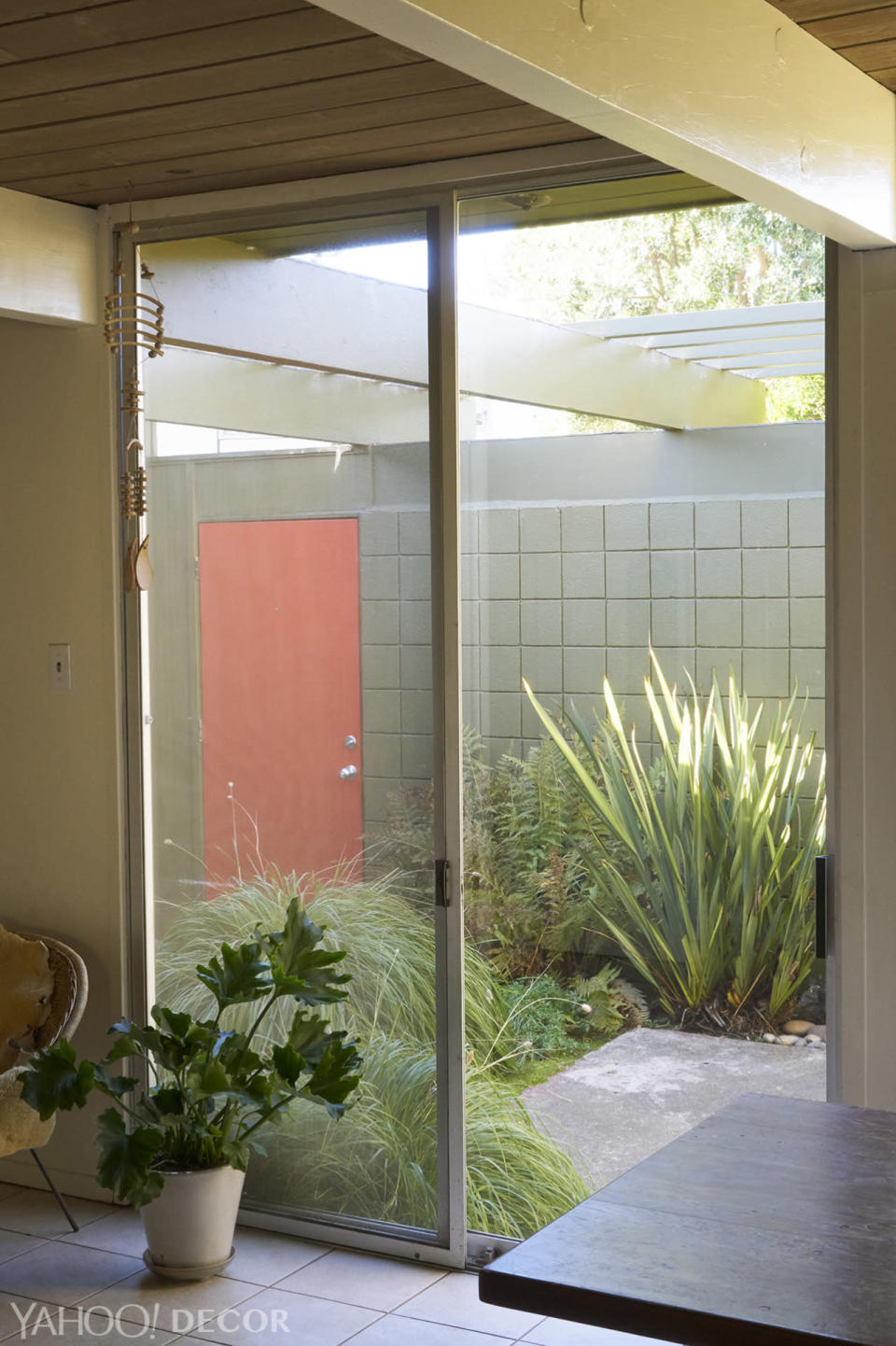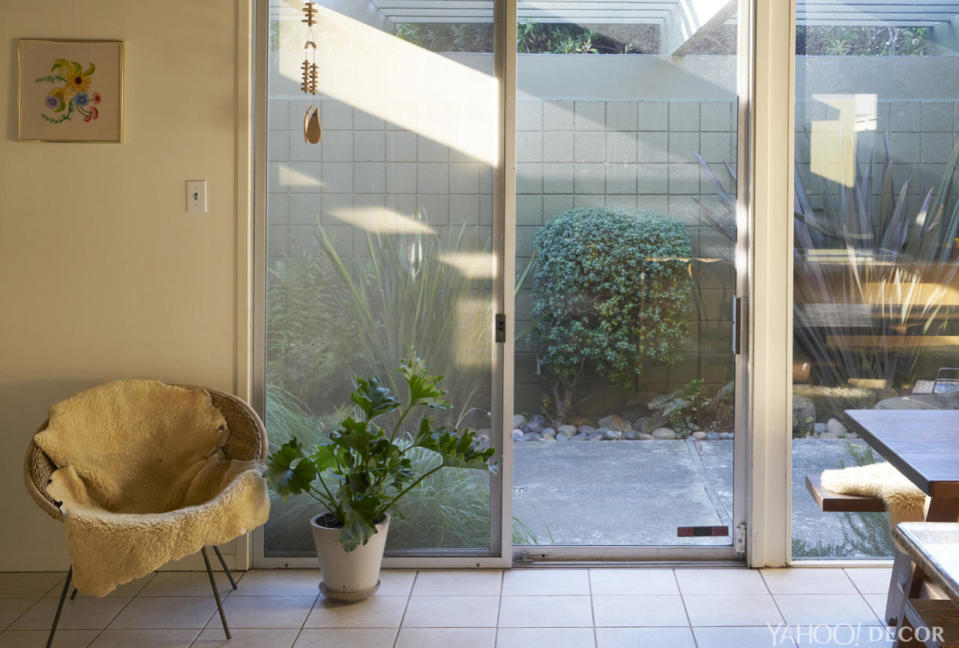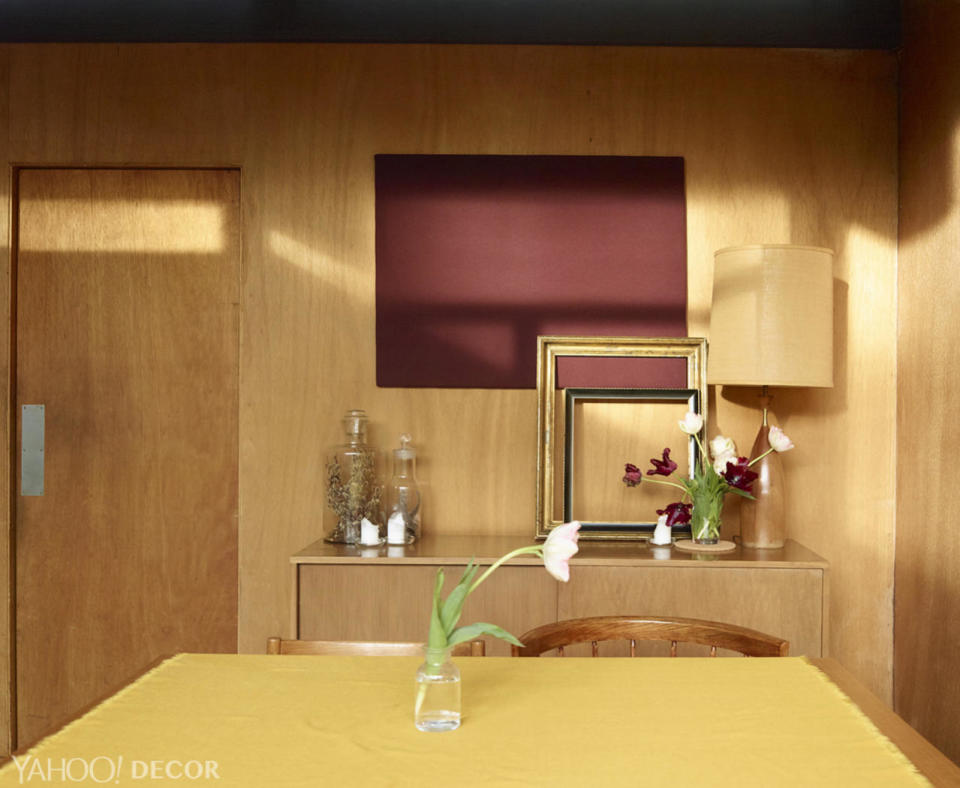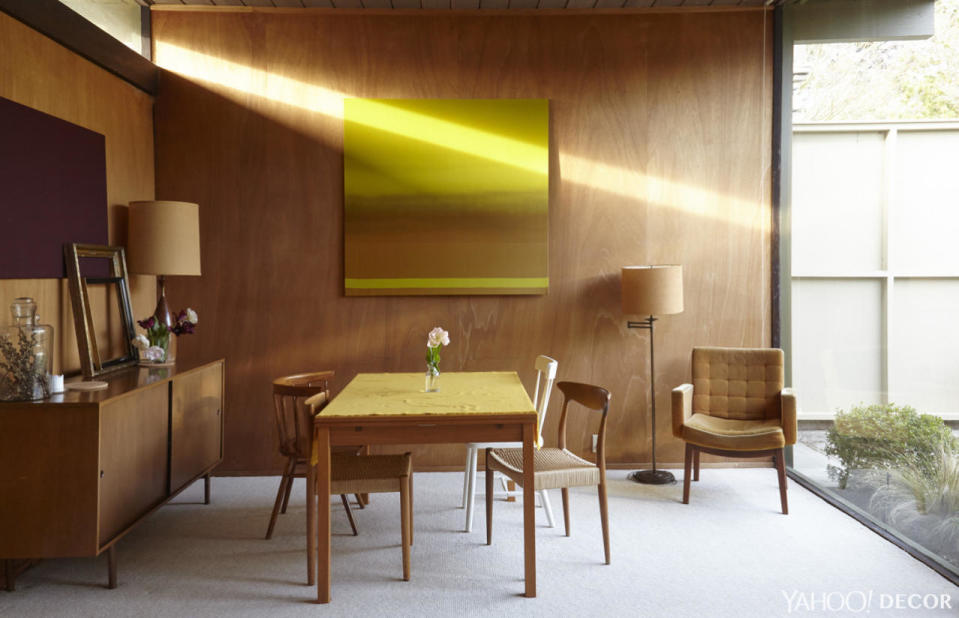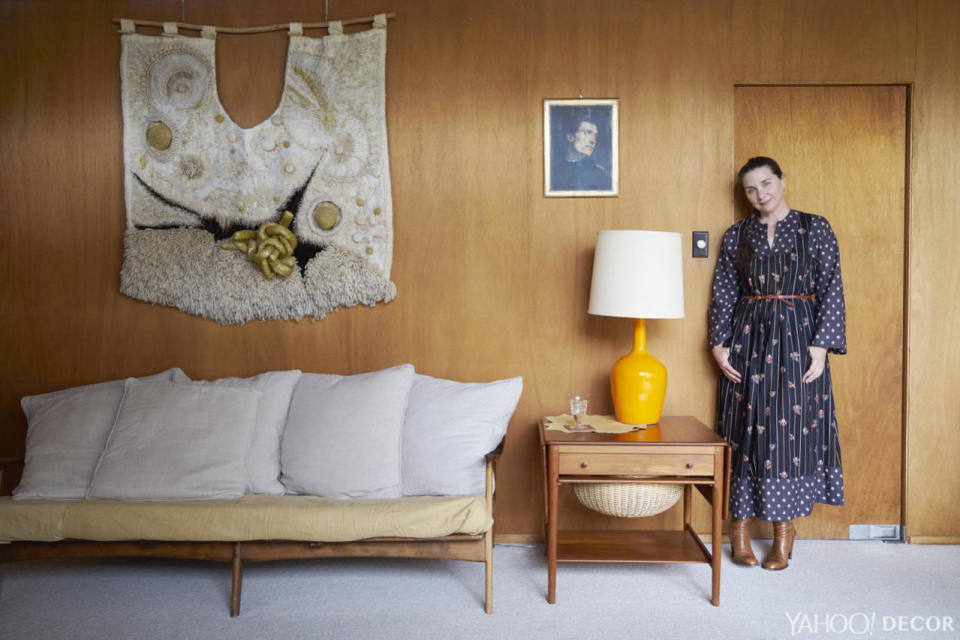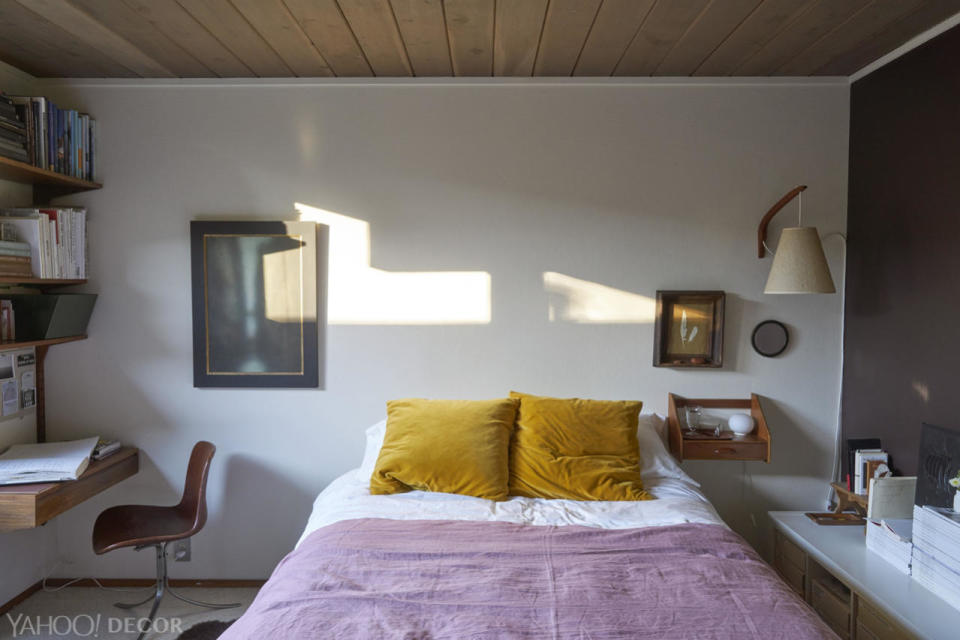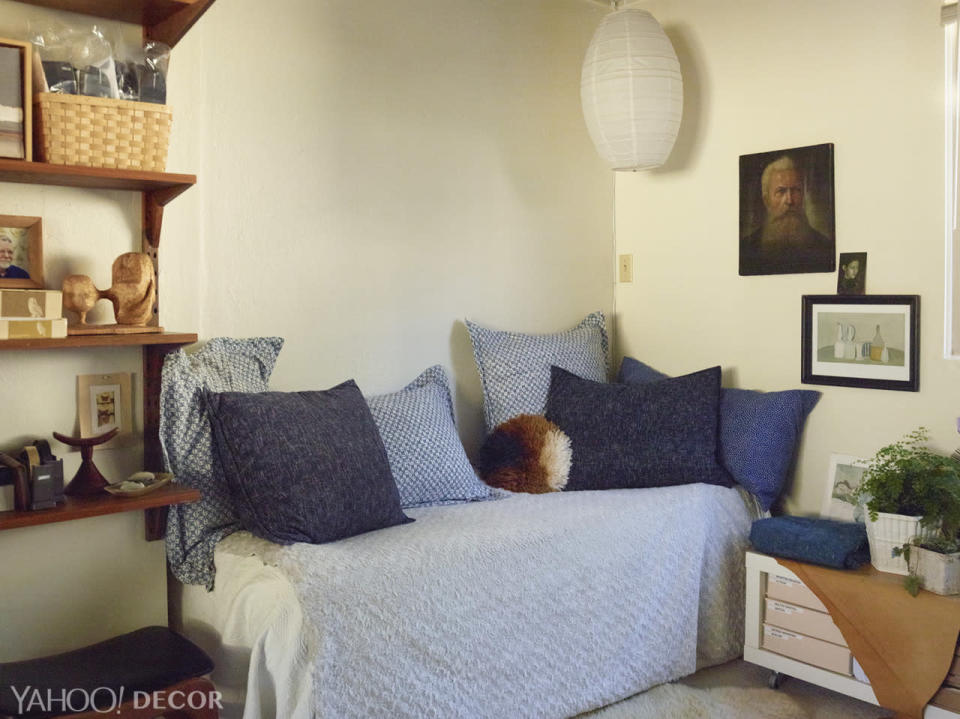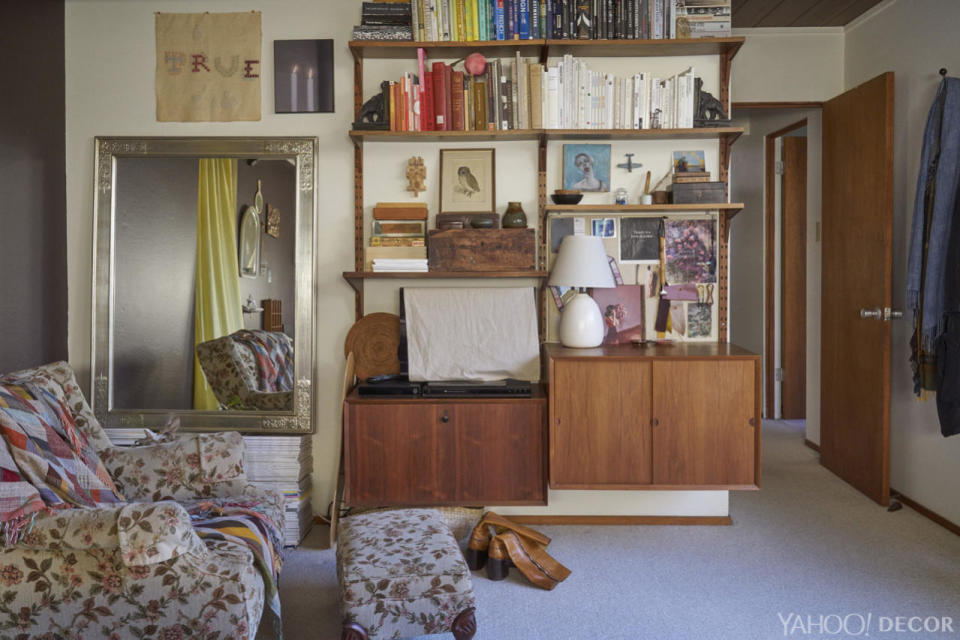Architectural Photographer Leslie Williamson Takes Us on a Tour of Her Own, Perfectly Appointed Midcentury Modern Home
Photography: Leslie Williamson
Leslie Williamson has become something of a cult hero for photographing and writing about some of the world’s most captivating, design-rich homes — and the people who have lived and worked in them. Her first book, the coffee-table classic Handcrafted Modern, offered intimate portraits of the little-seen interior worlds of such American design icons as J.B. Blunk and George Nakashima; its follow-up, Modern Originals, took her vision across the Atlantic, where she shot the houses of such legendary European designers as Alvar Aalto and Gae Aulenti.
The story behind Williamson’s own San Francisco house, as it turns out, is as compelling as the ones in her books. Eleven years ago, Williamson, then a commercial photographer, spotted an ad on Craigslist for a midcentury modern home with walls of wood and glass built by real estate developer Joseph Eichler in Diamond Heights, a ’60s planned community high atop the hill above the better-known neighborhood of Noe Valley. Eichler was known for building houses inspired by progressive 20th century architects — Richard Neutra, Rudolph Schindler, Frank Lloyd Wright — for middle-class tract communities in Northern and Southern California (Steve Jobs famously grew up in one). Though Williamson didn’t have a specific affinity for the houses, she and her then-roommates jumped at the rare opportunity to inhabit one in a city characterized largely by vintage apartments. “After where I lived before, in a dark Edwardian, so much light and outdoor space felt like a luxury,” she says. “It very much feels like an L.A. house.”
An avid nester, Williamson dove in to making the place her own, undertaking repairs — “Eichlers don’t age that well” — and planting a succulent garden outside. “I’m not the normal renter. I’m the renter that treats it like I own it,” she says. “I conditioned walls and changed light fixtures.” She even recommended the current outdoor paint colors — olive green with a red door — to the owners, who happily obliged.
As with real estate, Williamson’s attitude toward décor is less about deliberation than it is about rolling with happenstance. She doesn’t consider herself a midcentury obsessive, but says, “I think I’m naturally drawn to it because it’s simple and very functional. Smart.” And because her family is nearby in San Jose, Williamson had easy access to plenty of contextually appropriate pieces with which to furnish the place. Her father’s “bachelor furniture” — the Danish-style midcentury couch and chair in the living room, for instance — feels almost as if it’s original to the house. So, too, do the Paul McCobb credenza, the Hans Wegner sewing table, and the vintage Belgian wall tapestry: “stuff I’ve picked up along the way,” as she puts it. “I think all of the designer pieces are damaged in some significant way. I’ve gotten deals.”
The result of this approach — a warm, eclectic space that feels at once airy and cozy — has a calming quality, one that is further enhanced by its proximity to Glen Park Canyon (an owl even lives in the yard). And it has made for an ideal base for Williamson to reinvent her career. After moving into the house and taking a break from commercial photography, she decided to pursue her long-standing wish to shoot the homes of her personal design touchstones. The resulting collection became Handcrafted Modern. Williamson edited the photos and wrote the text in the house, and though she concedes “that book would have happened no matter what,” she also agrees that “the fact that it did happen in that house makes it lovely.”
Of course, change is inevitable, and given San Francisco’s exploding real estate market and the increasing amounts of travel required for her career, Williamson recently decided to give up her lease and put her things in storage. She’s busy shooting two books — one about artists’ homes and the other about the creative living spaces of California’s cultural innovators — and as such, she has decided to spend the next year or so being “semi-nomadic.” This, she believes, is a liberating next step. “It is not lost on me that these shifts are necessary for my work,” she says. “Deciding not to rent a permanent home to complete these next two books will shake things up for me in ways I cannot even imagine, but I am sure it will make my work better.”
But no matter where she ends up next, Williamson will always have a soft spot for her Eichler. “I am generally a believer that we end up where we are supposed to be,” she says. “I am sure that living in my house enhanced and grew things in a way that could not have happened elsewhere. There is a beautiful poetry in that.”
Follow us on Facebook, Instagram, and Pinterest for nonstop inspiration delivered fresh to your feed, every day.
